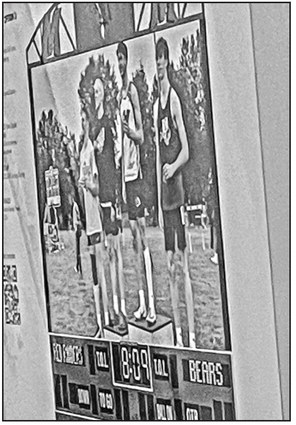close to $46


close to $46,000.
This set of options would accomplish all of the board’s top priorities and essentially maintain the status quo at the sports facilities. Daktronics has also presented opti...


close to $46,000.
This set of options would accomplish all of the board’s top priorities and essentially maintain the status quo at the sports facilities. Daktronics has also presented opti...